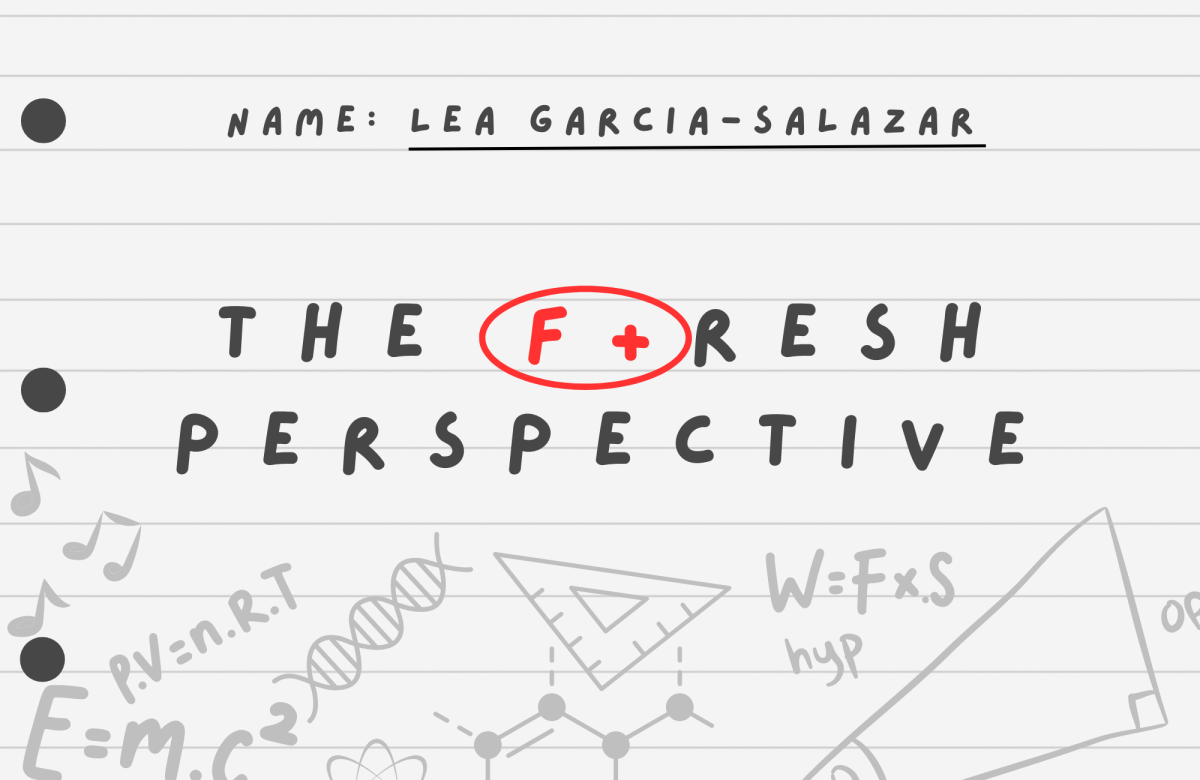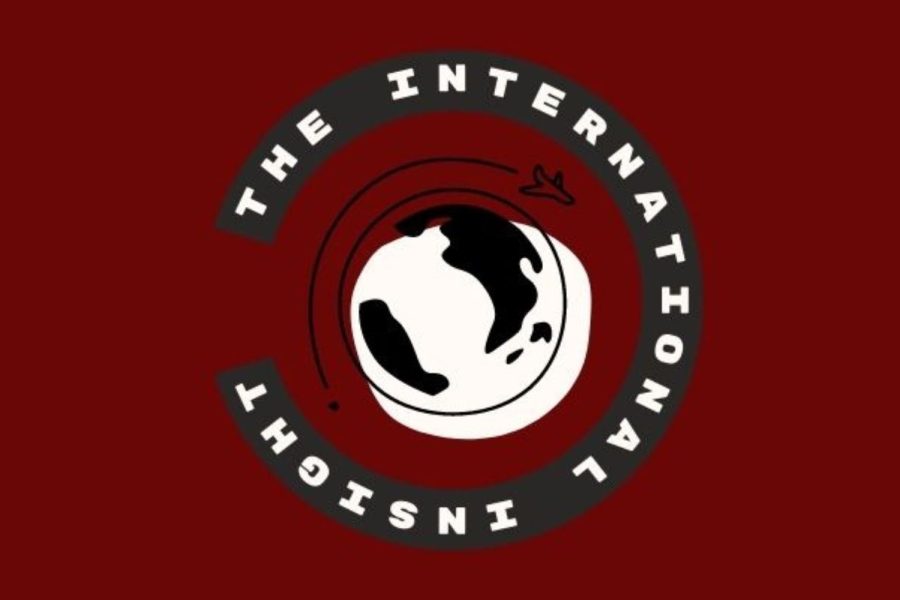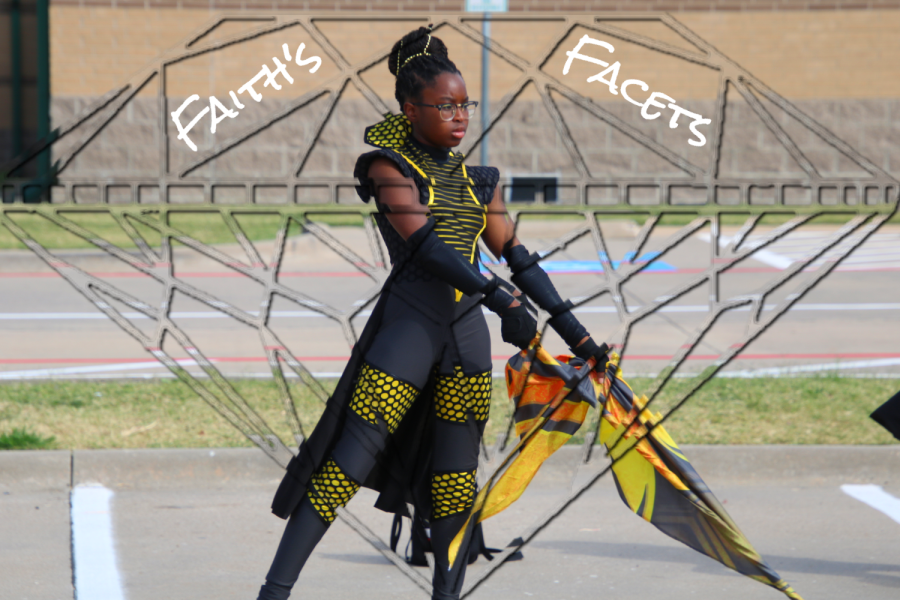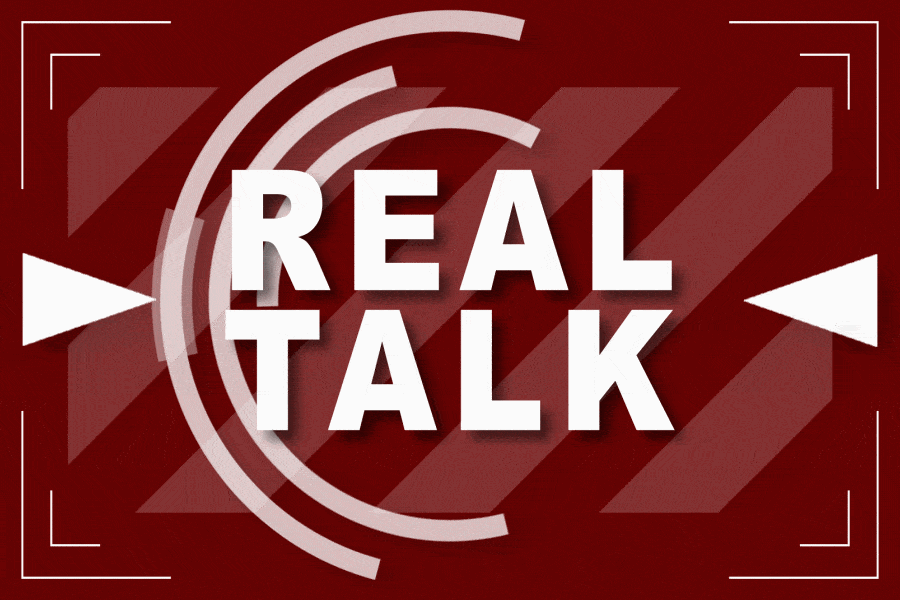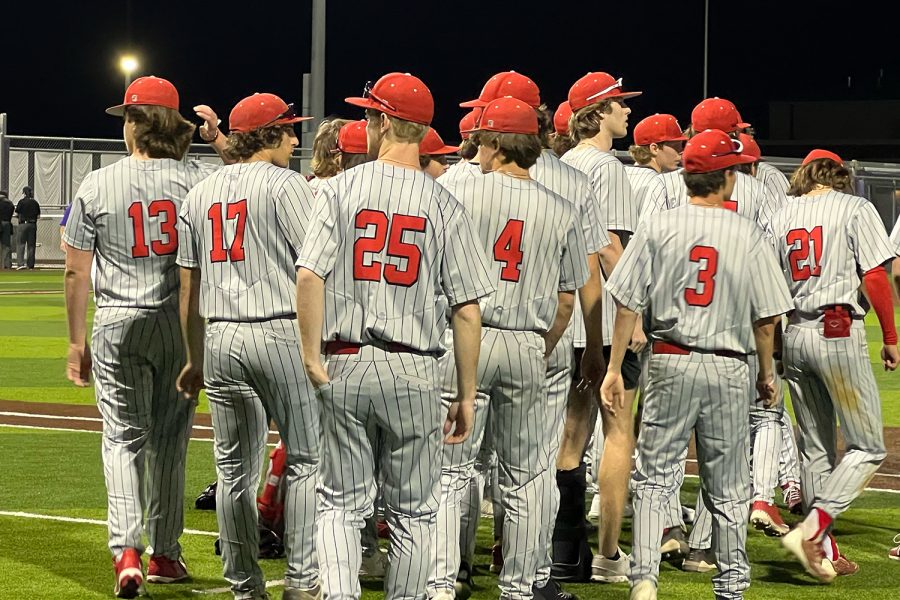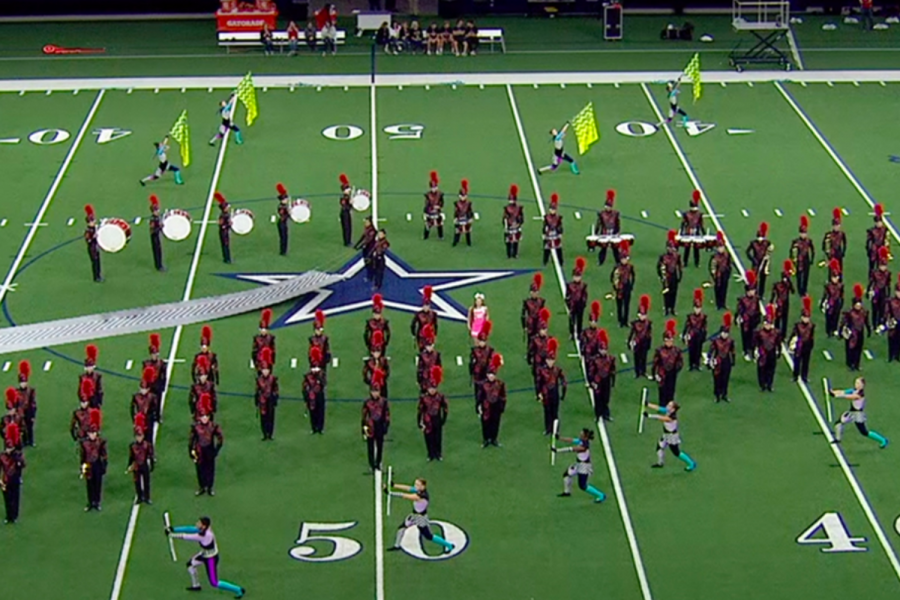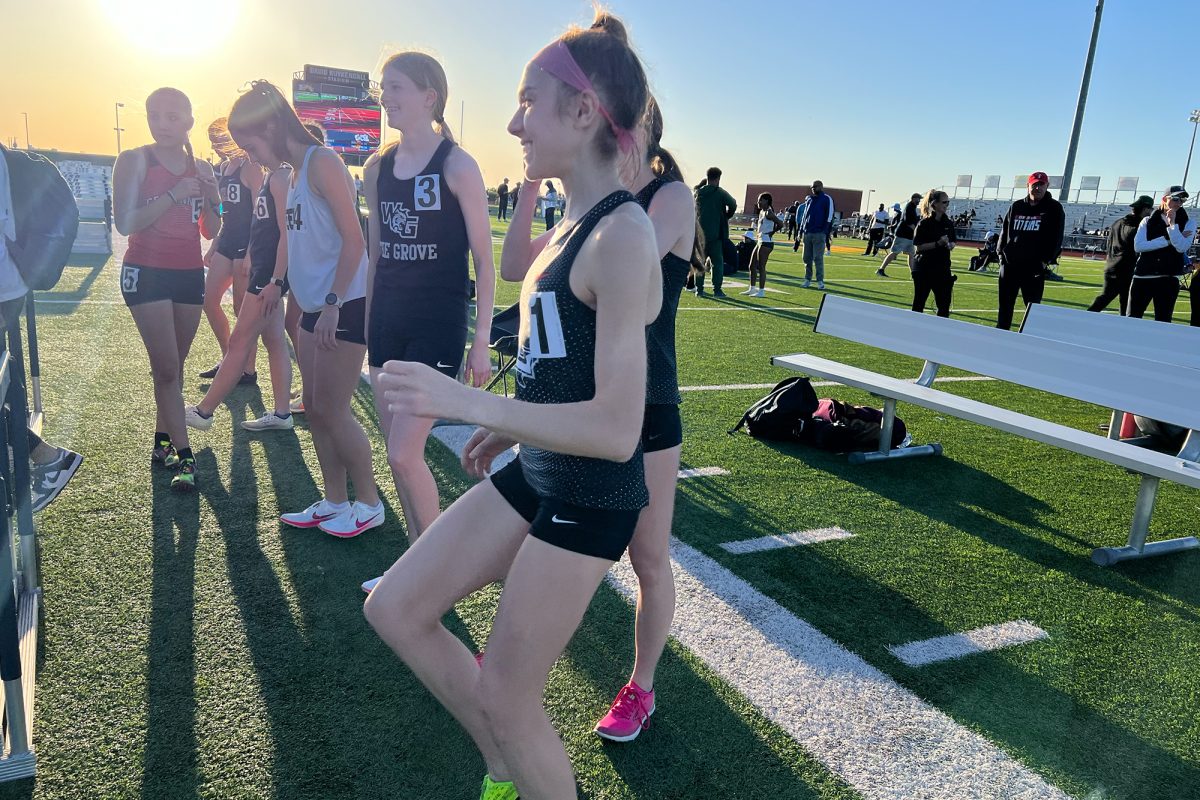“Alright class, take some notes over this presentation, it’s going to be on the test,” declares the teacher. Picture this: a sea of students, causing the room to hum with the rustling of papers, the soft clicks of uncapped pens, and the subtle hum of laptops and tablets awakening from slumber. As the teacher delves into the presentation, a question emerges, which method is better? The traditional approach of putting pen to paper? Or the modern efficiency of digital notes?
These questions don’t have a straightforward answer. Rather, it is all about choosing the right method for individual learning preferences. To choose the right method, it is important to delve into the pros of both digital and traditional note-taking.
Note-taking has always been an important part of human history and scientific development. From Ancient Greeks taking notes on personal records and important subjects to those in the Renaissance taking notes in schools, academies, and universities, people today still utilize and appreciate the traditional practice.
Those who prefer putting pen to paper might enjoy the reduced distractions and enhanced memory retention of traditional note-taking techniques.
Concentration is essential for learning and growth. It is easier to absorb and understand the information being taught when students can focus on a task or subject completely. In our advanced world, it is easy to be constantly surrounded by distractions from technology. Distraction is extremely common when everything is completely accessible through a simple search. When people get distracted, it takes their attention away from the current task while also reducing their brain’s ability to rely on its memory. Using a traditional note-taking method eliminates this risk as it keeps students focused on the task at hand.
According to a study conducted by the University of Tokyo, a study performed on students has revealed that writing on physical paper can lead to more brain activity when remembering the information an hour later. Researchers say that the unique, complex, spatial, and tactile information associated with writing by hand on physical paper is likely what leads to improved memory. Taking handwritten notes boosts brain activity, and optimizes memory making it easier to recall information.
On the other hand, digital note-taking possesses increased organization and portability.
There are countless efficient apps and programs made specifically for digital note-taking including Evernote, Microsoft OneNote, Google Keep, etc. These apps all offer features like categorization, tagging, and search functions, allowing users to easily locate specific information. Additionally, these programs have tools that make it extremely easy to add images, draw visuals, highlight, underline, etc. With traditional note-taking, students can’t do these things easily, potentially leading to decreased organization and making it inefficient to go back and revisit hand-written notes later.
Tablets and laptops are portable and extremely lightweight. It is very easy to carry a device from class to class instead of a huge binder or notebook. Additionally, tablets have the advantage of being able to store large amounts of data, making them perfect for digital note-taking. Unlike the traditional paper method, students don’t have to worry about running out of space since a laptop/tablet can hold so much information easily. Students can also collaborate with other students and share notes easily making it a reliable review resource.
While knowing the pros of digital and traditional note-taking is important to discover which one is better for you, it is only the first step. It is also to recognize how different learning styles influence note-taking preferences.
There are four main learning styles: Visual Learning, Auditory Learning, Kinaesthetic/Tactile Learning, and Read/Write Learning.
Traditional note-taking might work better for reading/writing and tactile learners.
Reading/writing learners find writing, reading articles, and taking notes to be most helpful when learning. These learners recall information better once they’ve written it down. Traditional note-taking might be beneficial for these learners because of how easy it is to write out complete thoughts and use headings to organize information. While putting pen to paper, these learners can stick to writing the most important points to keep up-to-speed with the teacher while understanding them. Tactile learners also benefit from traditional note-taking. Tactile learners learn by touching and doing. They understand and remember things through physical movement in a more “hands-on” approach. The physical act of writing down notes can stimulate the brain of tactile and lead to increased engagement and understanding of the material.
On the other hand, visual learners might thrive utilizing digital note-taking.
Visual learners learn by reading or seeing pictures. These people understand and remember things by sight and can often picture what they are learning in their heads. Visual learners benefit from images, diagrams, colors, and maps to learn and communicate information. As mentioned previously, digital note-taking includes many tools that make it extremely easy to add a visual aspect (pictures, highlighting, mind-maps, quick sketches, etc) to note-taking that might help visual learners.
Both digital and traditional note-taking techniques have their advantages which makes choosing a method extremely difficult. Traditional note-takers may find enhanced focus and memory retention while reducing technological distractions. On the other hand, digital note-takers benefit from advanced organizational tools and portability, with apps and devices facilitating information storage and sharing. Understanding one’s learning style further guides the choice since traditional note-taking might work better for reading/writing and tactile learners while visual learners might thrive utilizing digital note-taking.







